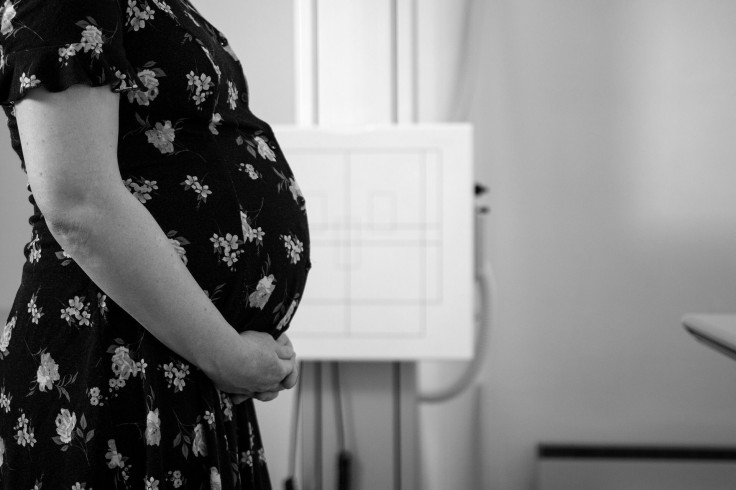Chemicals In Mom's Vagina May Be Associated With Preterm Birth: Study
KEY POINTS
- The researchers analyzed more than 200 expecting moms' vaginal metabolome
- They found "multiple associations" between the metabolites and eventual preterm birth
- The researchers also came up with an algorithm that could predict preterm birth
Can environmental exposures affect pregnant women? Chemicals in a mother's vagina may be associated with spontaneous preterm birth, researchers have found.
For their study, published in Nature Microbiology, a team of researchers looked at the second-trimester vaginal metabolome of 232 pregnant women. The metabolome is essentially the "complete set" of the small molecules in a cell or organism.
"The metabolome can be seen as a functional readout of the ecosystem as a whole," the study's co-lead, Tal Korem of Columbia University Irving Medical Center (CIUMC), explained in the university release. "Microbiome profiling can tell us who the microbes are; metabolomics gets us close to understanding what the microbes are doing."
Vaginal microbes and metabolites have been associated with pregnancy complications, including preterm birth — the situation wherein a baby is born earlier than 37 weeks of pregnancy.
Preterm birth is said to be the "leading cause" of neonatal death, the researchers noted. And those who survive may also end up developing issues such as breathing problems, developmental delay, hearing problems or cerebral palsy.
Spontaneous preterm birth (sPTB), on the other hand, is preterm birth that's not medically induced and accounts for about two-thirds of all PTBs. It is said to be "a leading cause of maternal and neonatal morbidity and mortality."
"Previous investigations have suggested that vaginal microbes and metabolites may be implicated in sPTB," the researchers wrote.
However, a "clear consensus" on the exact relationship between the two factors has remained largely out of reach.
Out of the 232 women in the study, 80 ended up giving birth preterm.
The researchers found "multiple associations" between the moms' vaginal metabolites and eventual preterm birth. Multiple metabolites were actually higher in them than the ones who delivered to full term, according to CUIMC. Notably, several metabolites "with strong associations with sPTB" were exogenous or from external sources.
"These include diethanolamine (DEA), ethyl-beta glucoside, tartrate and ethylenediaminetetraacetic acid," Korem said, as per CUIMC. "While we did not identify the source of these xenobiotics in our participants, all could be found in cosmetics and hygiene products."
For instance, DEA has "no known natural source" and women of reproductive age are said to be "highly exposed" to it. Ethyl glucoside, on the other hand, is in products that contain alcohol. Both are said to be "precursors or ingredients in hygienic and cosmetic products."
"(T)he fact that all are documented in hygienic and cosmetic products raises concern that some of these products may increase the risk of sPTB," the researchers wrote. "Our results coincide with recent studies raising concerns regarding environmental exposures in pregnancy, and identify these chemicals in the reproductive tract."
The researchers also developed an algorithm that could predict preterm birth "with good accuracy." However, it still needs to be improved and validated further before it can be used in the clinical setting, according to CUIMC.
Overall, the researchers showed the potential of such metabolite testing to predict sPTB and also highlighted some potential external exposures that may be risk factors for it. It would be worth looking further into the possible source of the exposures, and whether they actually cause preterm births, Korem said.
"The good news is that if these chemicals are to blame, it may be possible to limit these potentially harmful exposures," he added.

© Copyright IBTimes 2024. All rights reserved.






















